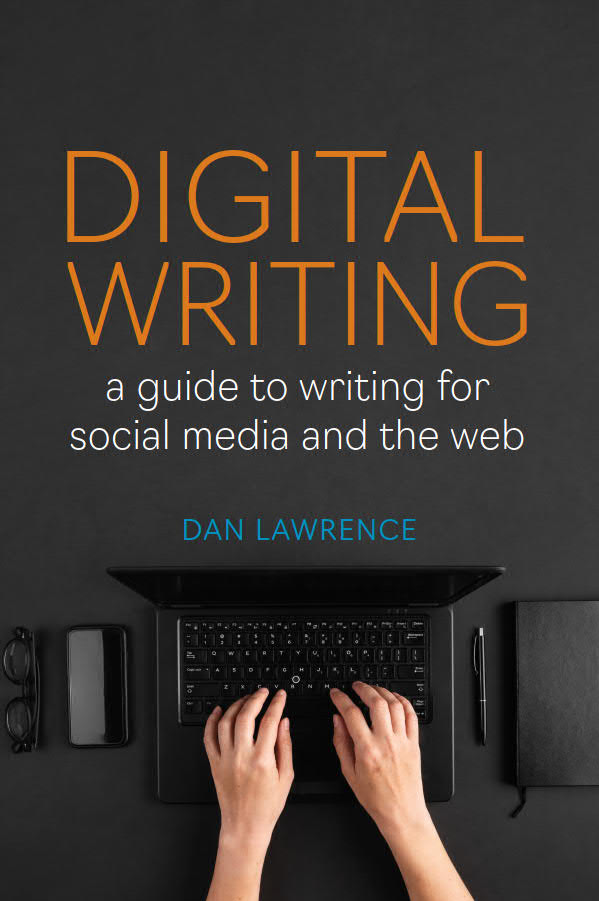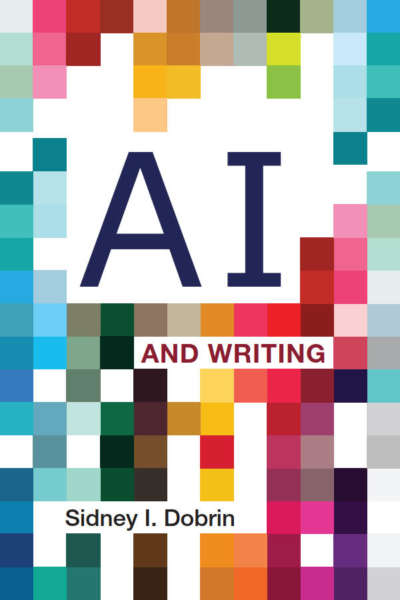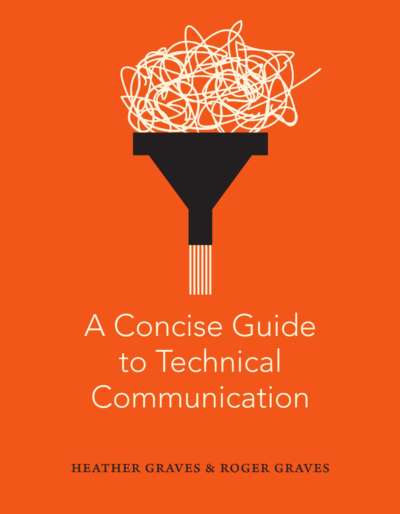This concise guidebook offers a rhetorical framework for writing and analyzing content for social media and the web. In the age of disinformation and hyper-targeted digital advertising, writers and teachers of writing must be prepared to delve into the digital world with a critical and strategic perspective. This book offers an interdisciplinary approach to writing scenarios, with insights from classical and contemporary rhetoric, the philosophy of technology, and digital media theory. Special emphases are also placed on preparing for writing, marketing, and communications careers in the digital space, and on ethical issues related to digital and social media.
Comments
“In Digital Writing, Dan Lawrence skillfully blends ancient rhetorical concepts and contemporary philosophical thought with the pragmatic theories and best practices of the digital age. In this concise, accessible text, Lawrence speaks not only to students who aspire to writing careers, but also to teachers whose pedagogical development necessitates a nuanced understanding of the theories and machinations that underpin the digital world. Lawrence’s experience as a digital practitioner, his skill as a teacher, and the sophistication of his reflections permeate the book and promise to enrich the field of digital writing.” — Karla Saari Kitalong, Professor Emerita, Michigan Technological University
“Dan Lawrence sets out to do some impossible things in Digital Writing: to use ancient techniques against modern technologies, and to apply ancient principles to a society that has lost touch with them. Lawrence uses a tried and true historical framework to provide solutions to problems which have become societal and for which we have precious few such helpful guides. Lawrence urges the reader to do the one thing advertisers, marketers, and tech companies do not want them to do, something it is harder and harder to do with each passing microsecond: to stop and think. Digital Writing will open a lot of eyes to the subtle arts of persuasion employed at every turn of the average person’s daily digital life, and will arm them with the resources to be more intentional in their participation and more sophisticated in their response.” — Andrew McLuhan, author of written matter (Revelore Press, 2021)











